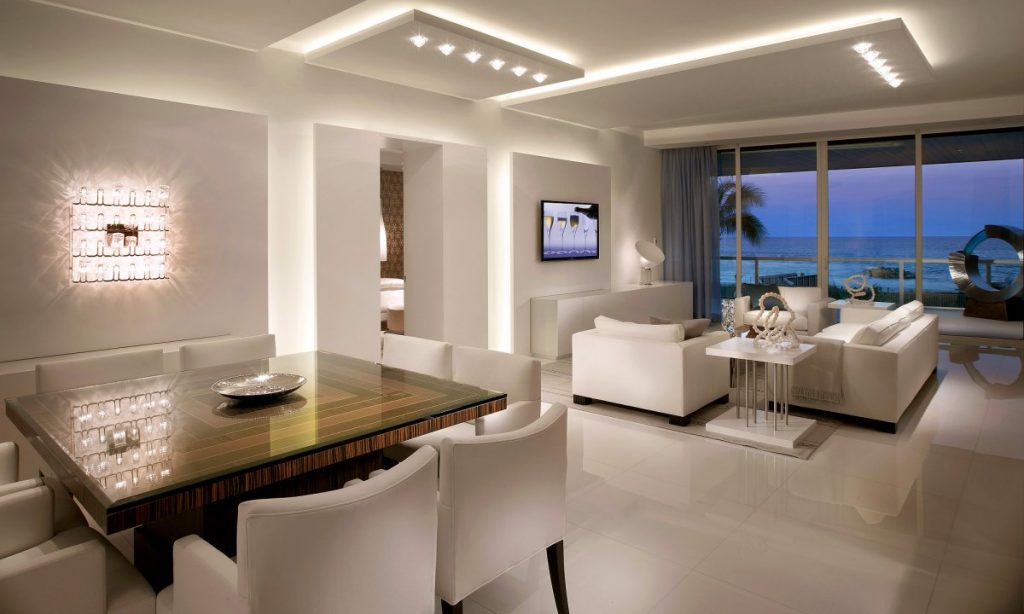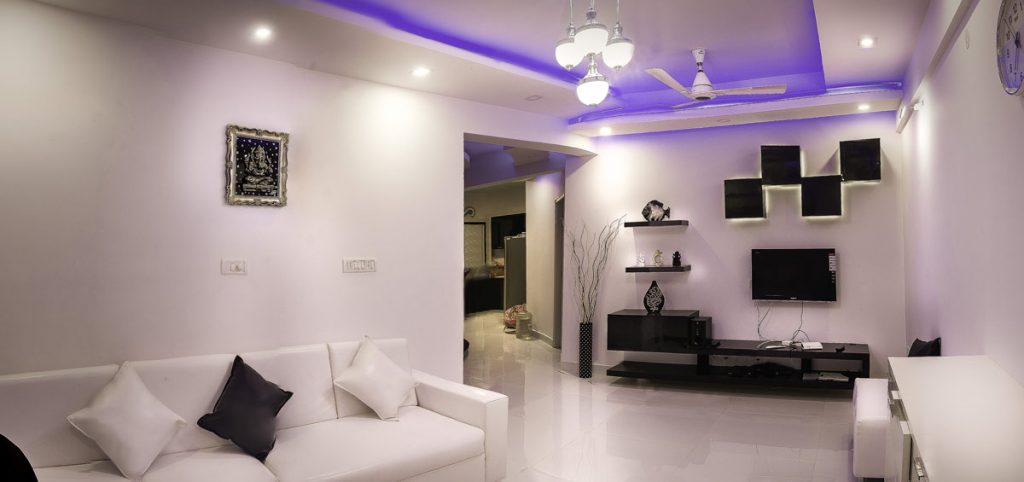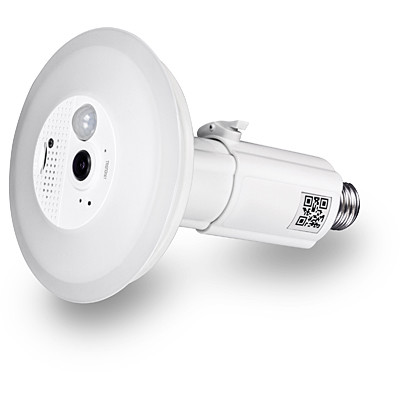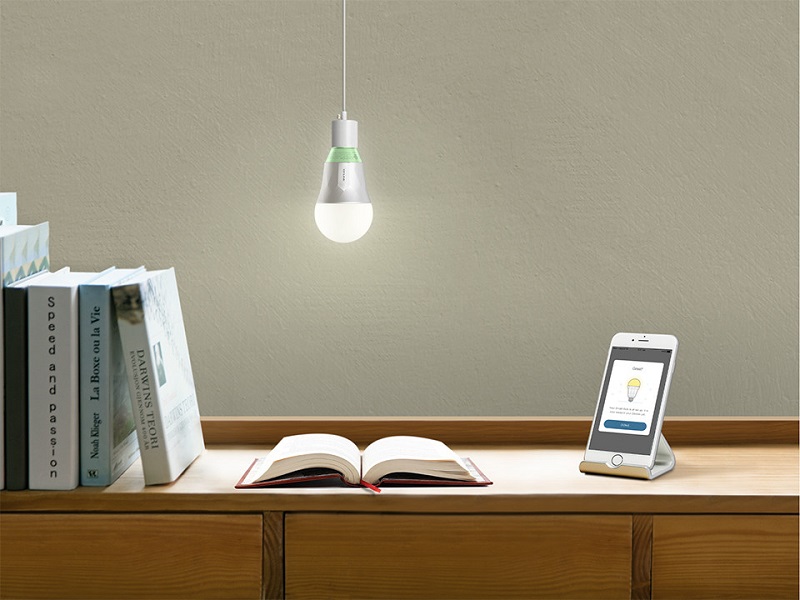What to do and what to avoid to properly illuminate the house?
1. Do not rely on a single light source
To allow the light to spread homogeneously in the room, different levels of illumination must be foreseen, which can be summarized in: atmospheric light, work light and accent light. The atmosphere light, as you can imagine, is the generic lighting of the space that can easily be obtained with a chandelier on the ceiling. The work light is designed to be functional to a specific activity, such as a table lamp. Finally, accent lighting is used in the creative-artistic field to emphasize elements of the room, such as works of art in an exhibition or products on display in a showcase, through the use of spotlights. Also for your home, always use at least two of these levels to get the best result depending on the purpose set.
2. Do not leave the service areas in semi-darkness
A closet or a walk-in closet are in effect parts of the house and deserve adequate lighting. Very often for these environments there is limited to a wall lamp with low light, but not fully exploiting their functionality, looking for and storing objects or clothes becomes even more complicated. By installing simple LED lights, you can get a very bright result, which takes up very little space and is very efficient.
3. Pay attention to the color temperature of the lights
As already mentioned in this article, the tonality of light can radically change the perception of space and the objects it contains. A light that is too hot can distort the perceived color of the furnishings and the plaster, thus ruining the final result of the interior design. On the contrary, a light that is too cold can be annoying in certain environments where a welcoming and relaxed atmosphere is required (living room, kitchen, and bedroom). So do more experiments to understand which color temperature is best suited to your needs.
4. Install brightness controllers
It is not always correct and necessary to keep the light at its maximum power: sometimes it can be useful to lower the brightness to enjoy a more intimate and soft environment. The solution is to install dimmers (simple switches or knobs connected to the lighting system) to obtain a soft light and to regulate the intensity. You can also add other more sophisticated devices like timers that allow you to set the time when the lights will be switched on or off and the motion sensors that activate the lighting after detecting the presence of someone in the room. These systems not only create automatisms that can simplify the day-to-day management of light, but maximize the savings in the bill, avoiding consuming more electricity than necessary.
5. Choose the right lighting device for the room …
The most trivial mistake you can make is to choose a lighting system that does not match the size of the room – with a beam of light that is too large or too narrow. Thanks to our article on the angle of opening of the LEDs you can get a better idea of the technical characteristics that a lighting device must have to be suitable for the portion of space to be illuminated.
6. … And be sure to fix it in the right position.
Naturally, once the type of product has been chosen, it is also important to establish the ideal installation position. It happens for example that in a kitchen only one lamp is placed on the ceiling but does not enhance the vertical surfaces such as the walls, which therefore remain in the shade. This type of lighting, on the other hand, is more functional when positioned in specific points of the room (in the case of the kitchen, on the hob and on the sinks). As for the wall lights, which are often installed in the bathroom, the best position is at eye level at the sides of the mirror at a distance of 12-15 cm to contrast the shadows created by the chandelier.
7. Always prefer energy efficient systems
Today we have a very wide choice on the market regarding energy efficient lighting and stubbornly using traditional light bulbs leads to considerable economic and environmental waste. The LEDs are the best choice in terms of maintenance costs, power and brightness and are easily adaptable to any environment. So why not replace the old lighting system with a more modern, durable and durable one?






